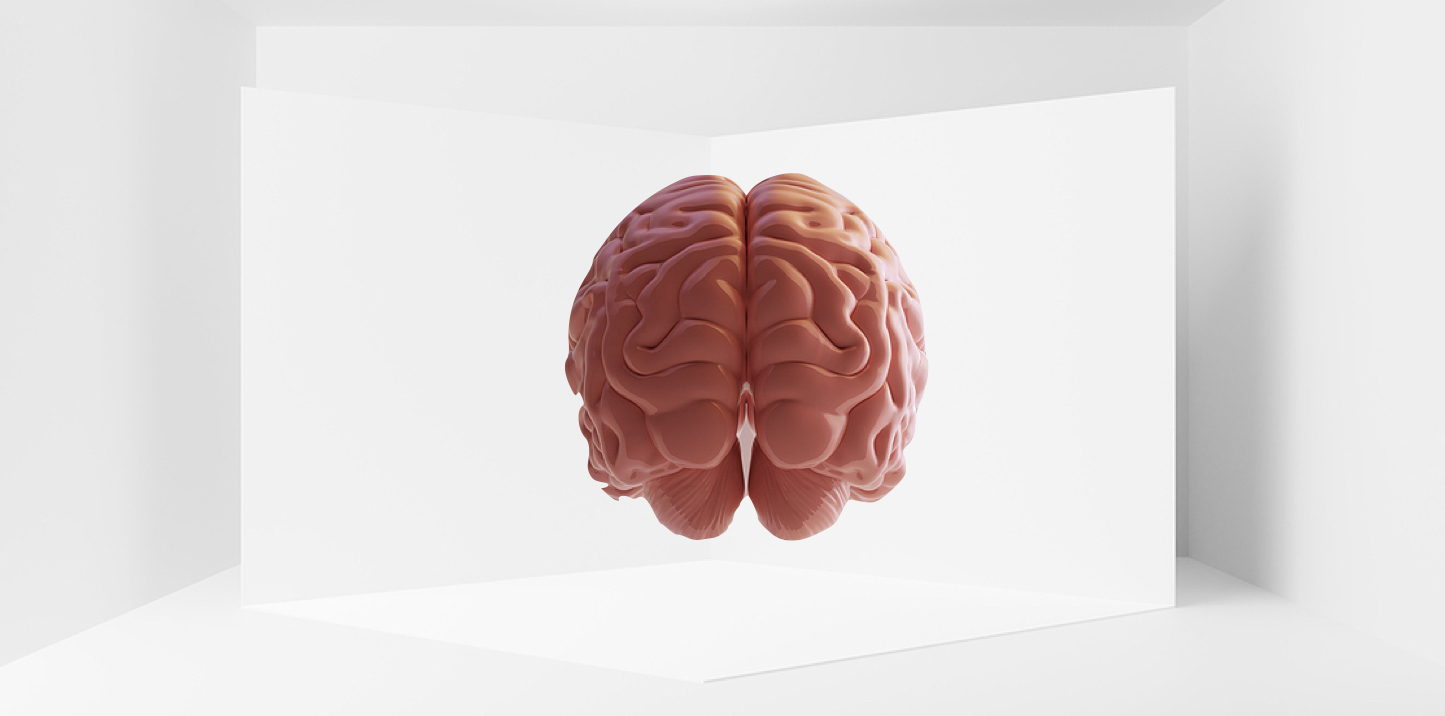The most singular — and challenging — aspect of creativity is that you can’t force it. There’s no effort, no technique, and no routine that will guarantee to produce original ideas. Creativity isn’t something you make happen. It’s something you allow to happen.
Ancient peoples understood this better than we do. They believed in muses or ancestors or spirits who delivered insights to them — if they were correctly approached. This may not be accurate, but it is wise. To all intents and purposes, creativity comes from outside of you. Strictly speaking, it may come from inside your brain, but not all of your brain is busy with “you” — the self you recognize as the person with your name. In fact, this notion of self only accounts for a fraction of the brain’s activities.
When we’re in flow with an intense activity, like skiing or playing the drums, the conscious self (or ego) recedes into the background. When we sleep it tends to fall apart. Under the influence of some psychedelics, it disappears altogether. Why do we need to set the self aside in order to create? It’s the self that wants you to work harder, learn the best tips and tricks, impose daily disciplines… None of these are bad. They just don’t lead to creativity.
FOUR SPACE SHAPERS
So how can you quieten that obstructive aspect of the mind, the controlling ego, to allow the larger, unseen part to flourish?
There’s a huge literature related to this topic, and thousands of years of different practices (and medicinal uses!) aimed at just this outcome. We’ll focus here on four strategies that are relatively simple and accessible:
- Use the body to calm the mind.
- Reduce your information load.
- Switch domains.
- Seek questions, not answers.
None of these strategies will “make” creativity happen. But all of them can help you produce a mental clearing, a zone where nothing much is going on. That’s what innovation most needs: space. Knowing how to design your own brain space is the key to creativity. Think of these four tools as space shapers:
- The brain is part of the body: rather an obvious fact, but easily forgotten. That means what you do physically will directly affect how you think. You don’t need to be a yoga master to benefit from this simple logic. You can go for a walk, take a cold plunge, enjoy a few deep breaths, even have a nap. Anything that raises your dopamine and settles your nervous system will begin to open the mental spaces that encourage creative surprises.
- Reducing your information load: this is the Braincat part of the story. You’re bound to be thinking about something. The point is to reduce the volume of mental stuff you’re looking at. Your working memory (the conscious, active brain function) can only attend to four or five data points at one time. So you need a way to condense lots of details to a few essentials. There are many ways to do that, but of course we’re prejudiced: the Braincat process is the best!
- Switching domains can have a galvanizing impact on creativity. If you’re struggling with a design problem, take a break and play a game of chess. If you’re trying to engineer a software solution, read a poem. If you’re reinventing a school timetable, read up on insect behavior. The idea of the “Renaissance person” is misunderstood as simply someone who is good at many different things. The real point is how one field of knowledge fertilizes another. Just exposing your mind to a completely different framework will shine fresh light on whatever you’re trying to create.
- Questions have an almost magical power to simulate the mind. Once you present your brain with a question, it will hurry to find an answer. Unfortunately, we’re conditioned by education and working life to look for answers, not questions. So this requires conscious effort. Here’s where to start. Ask yourself: “What questions should I be asking here?” Find lots and lots of questions. Some will be more useful than others, but each good question opens a mental space where creativity can step in.
Design is not control. When you design the brain space for creativity, you’re carving out the possibility — not the guarantee — that something new and illuminating will show up. And if all else fails, pray to your muse!
